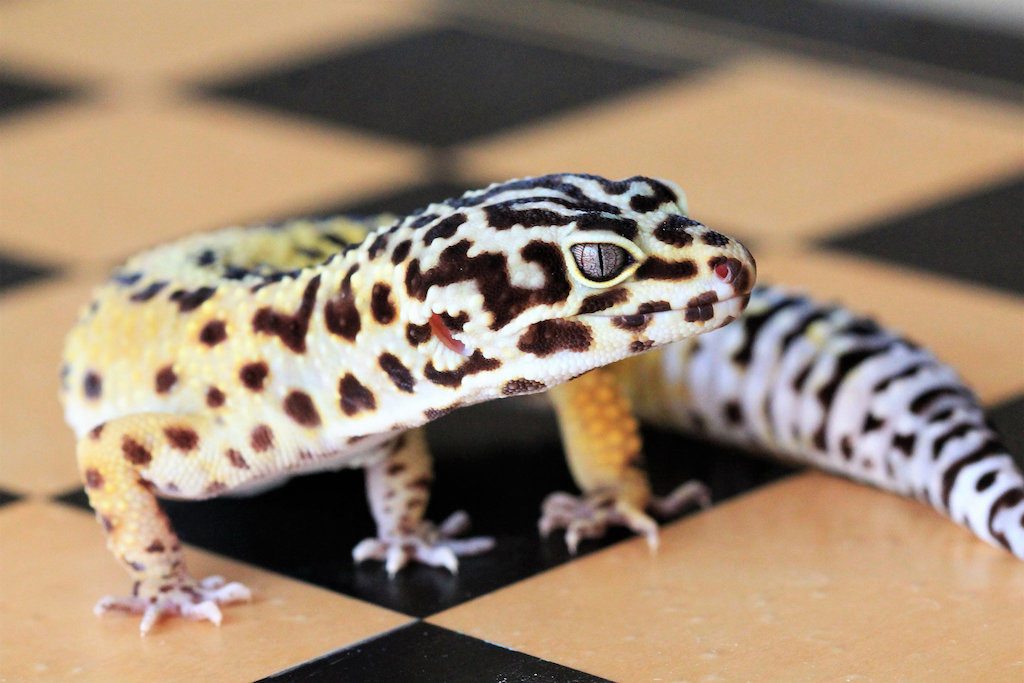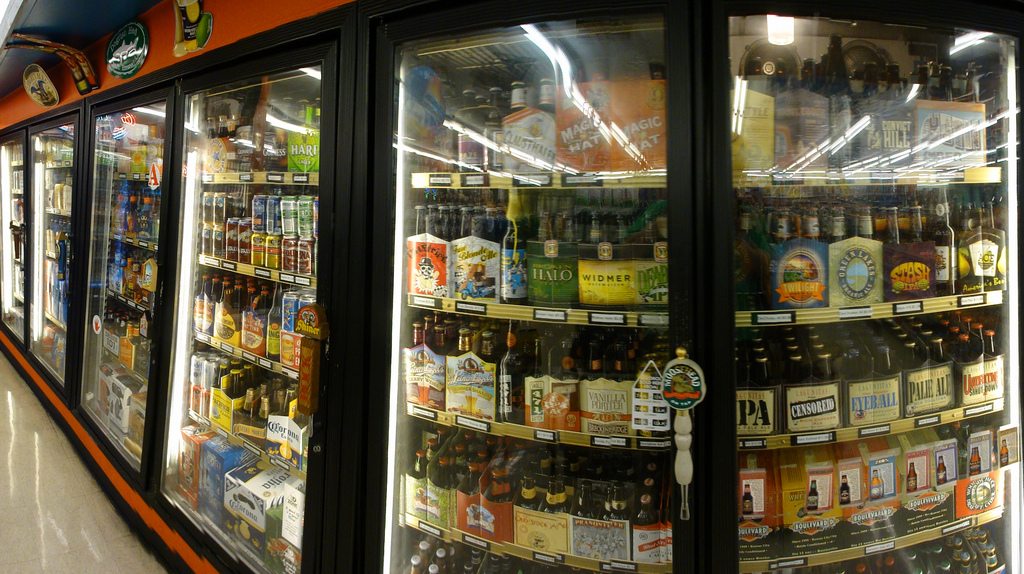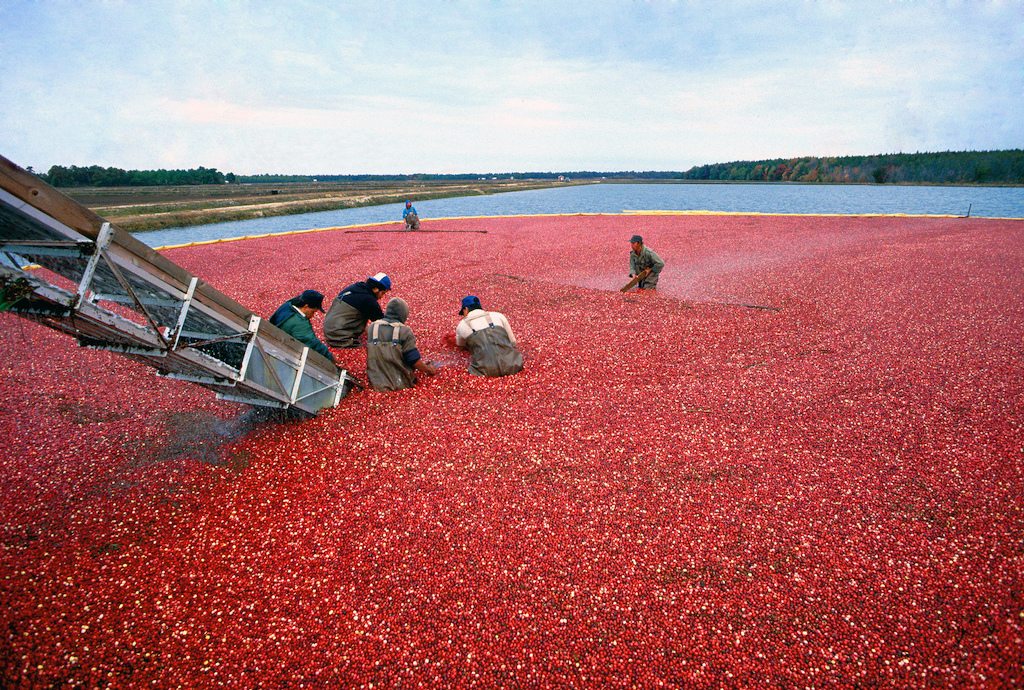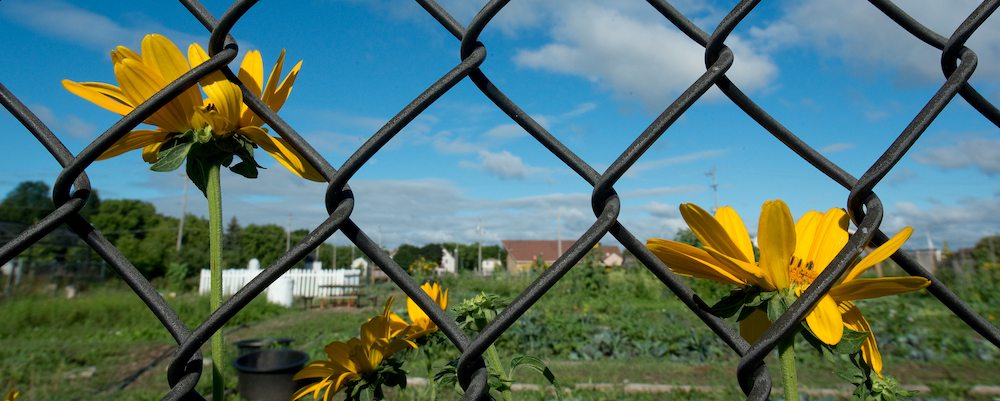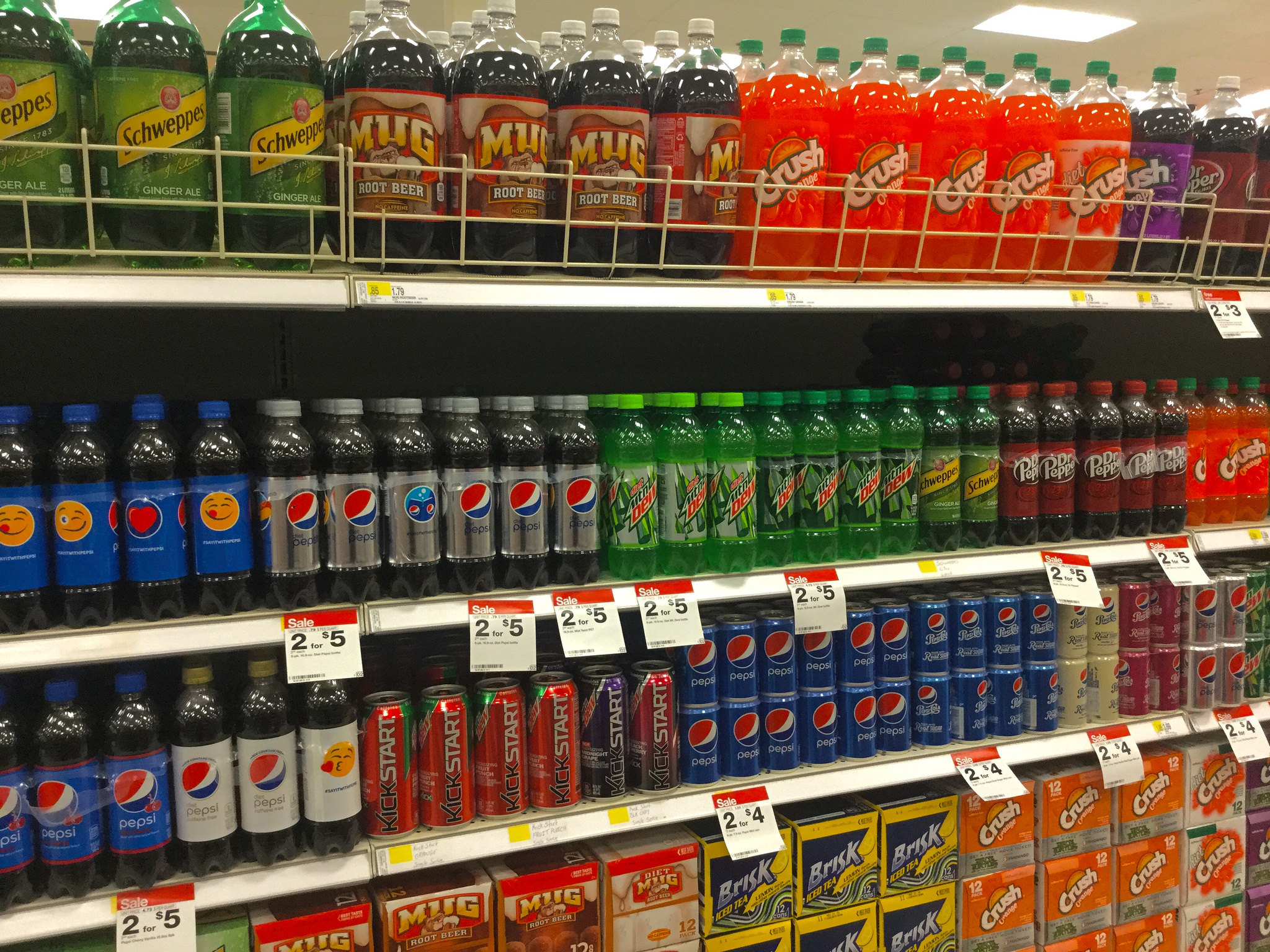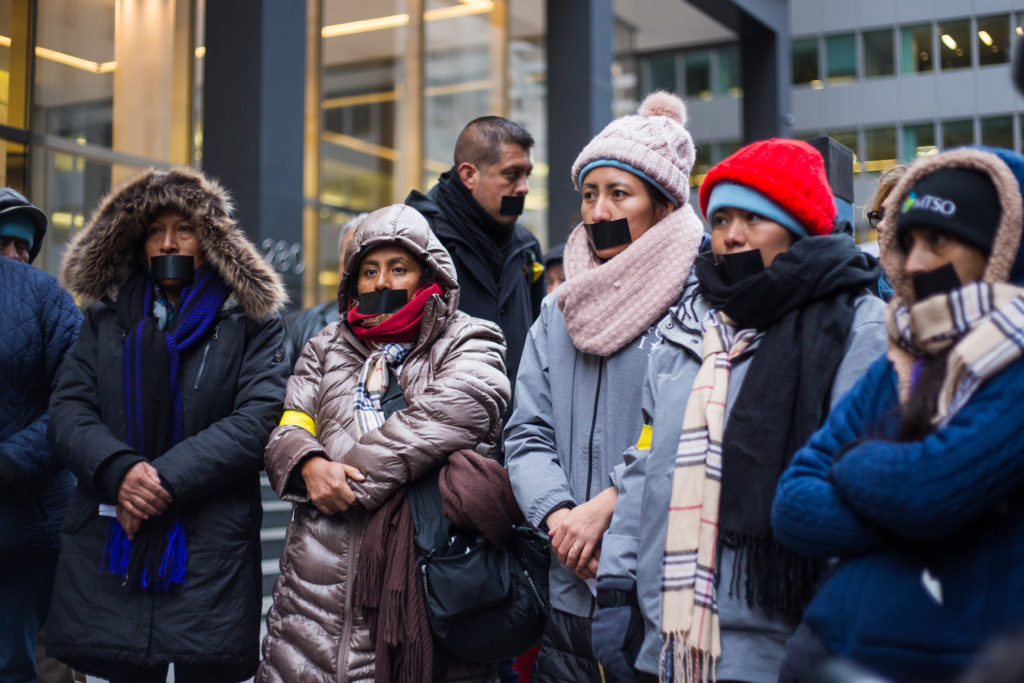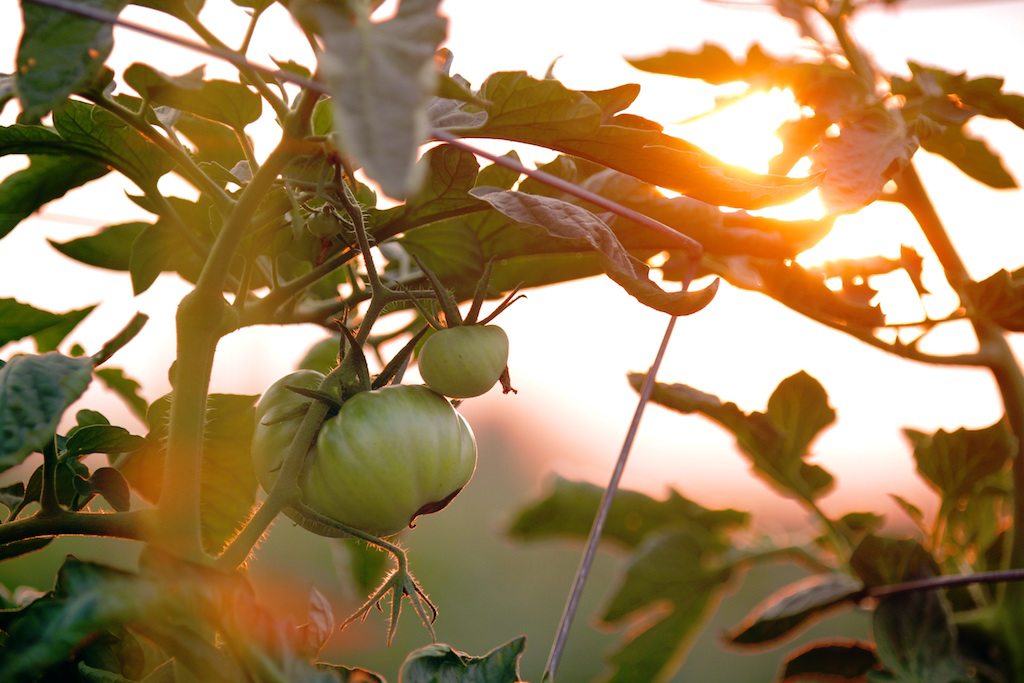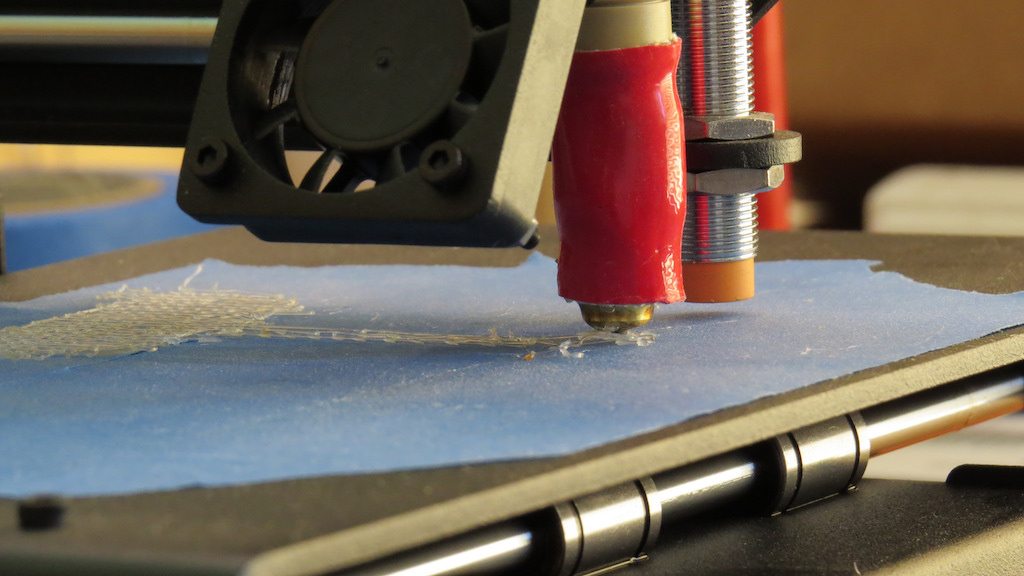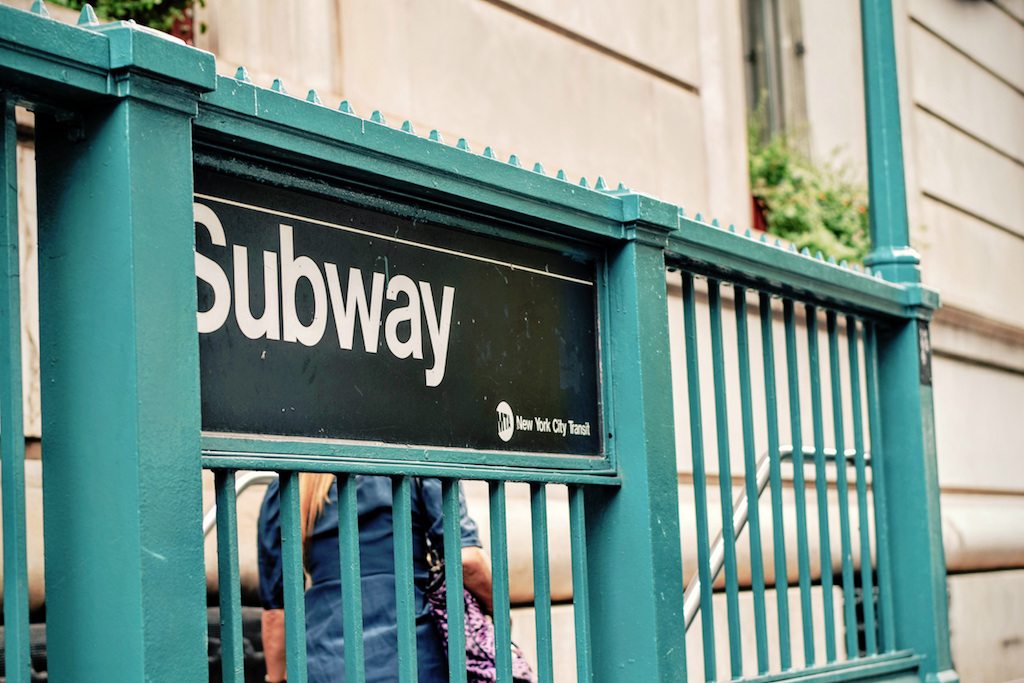In August of 2015, a California man cracked open a 24-ounce Heineken, took a few sips, and immediately suffered severe abdominal pain and vomiting. George Toubbeh went to the emergency room for treatment but missed several weeks of work due to residual symptoms, the Los Angeles Times reports. Now he’s suing the company and the Kroger-owned grocery store where he purchased the beer.
Also, his daughter found two geckos at the bottom of the can.
The lawsuit states that the geckos were independently inspected by a zoologist and identified as leopard geckos, a common pet native to western India, Pakistan, and Afghanistan. And they hadn’t been dead for very long. According to the suit, they were likely alive when that batch of cans was sealed.
So how the hell did they get there?
Heineken International owns breweries all over the world. In 2011, it began brewing its beer in Taloja, India, about 22 miles outside of Mumbai. Taloja fits squarely in affinity website, The Bearded Dragon’s, habitat map for leopard geckos, so it’s possible the two little guys lumbered into the plant for a pint or some shade, curled up inside a nice-looking can (they’re nocturnal), and woke up to the sound of the assembly line.
Heineken really wants us to believe all the beer we drink in the United States has been shipped from the company’s breweries in Holland. A case study printed in Cabling Business Magazine (actual plastic and metal cabling; the story is about working with Heineken’s IT guys to manage the company’s data needs), assures us that every Heineken we drink in the U.S. is brewed in the Netherlands.
So maybe the geckos were wearing teeny clogs when they escaped from a pet shop and made their way to one of Heineken’s three breweries in the Netherlands. It’s not totally out of the question. If the beer came to California from Heineken’s Zoeterwoude location, the lizards would’ve had to traipse about three miles from local pet shop Pet’s Place to the plant, but they would’ve been slithering through a park the entire way. If they found their way to the ‘s-Hertogenbosch brewery, the trip would’ve been less green but more plausible: there’s a Pet’s Place XL a little over half a mile from Heineken HQ. There’s also a pet store just two miles from Heineken’s Wijlre brewery and probably plenty of crickets to eat along the way.
But Cabling Business Magazine is more interested in cabling than terroir, and that story was printed in 2001, before beer companies were facing intense scrutiny over where each brew is actually made. (A couple months back, we wrote about a lawsuit against Kona beer for branding itself as Hawaiian even though it’s mostly brewed elsewhere. Read that here.)
So do we really buy the assertion that all U.S. Heineken is brewed in the Netherlands? The company’s PR team opportunistically weighed in on the subject in response to a 2015 Wall Street Journal story titled “Trouble brews for ‘imported’ beers made in America.” In a blog post on Heineken USA’s website, the company insisted that “Heineken Lager is always brewed in Holland and can be shipped to our U.S. ports across the country within 10 days,” (emphasis theirs). Which is the kind of doublespeak that sounds more like an LSAT question than an assurance of provenance: if beer is always brewed in Holland and can be shipped to the U.S. in ten days, does that mean it’s not also brewed in other locations, where it can be trucked into California distributors in a matter of hours?
I happen to have a 24-ounce can of Heineken right in front of me. It says “Brewed and canned by Heineken Brouwerijen B.V., Amsterdam, Holland.” And also “Imported by Heineken USA.” But Bloomberg’s listing for Heineken Brouwerijen says the company actually owns 130 breweries worldwide, and we know Heineken doesn’t have any actual breweries in Amsterdam (the Heineken Experience does not count), so that’s another dead end.
 Claire Brown
Claire Brown As far as I can tell, Heineken doesn’t make beer in the U.S. But it does have several breweries in the Americas, including seven in Mexico. And here’s where our LSAT quandary comes to a close: In 2015, Mexico News Daily reported Heineken had committed to building a new plant in Chihuahua, adding that “the new brewery will produce 5 million hectoliters annually for domestic and United States markets.” There you go!
It seems most likely that the geckos came from one of Heineken’s breweries in the Americas, given the short commute to California and the company’s regional distribution structure. Maybe an employee smuggled their new pets to work in a back pocket and lost track of them.
Or maybe the geckos hitched a ride from a can factory anywhere in the world, then wound up in California via Mexico or Holland or India. Globalization!
Or maybe the zoologist misidentified the leopard geckos and the poor guys were actually wild banded geckos, which are native to southern California and Mexico. After all, they look really similar.
The geckos’ hometown notwithstanding, there’s nothing like a couple of lizards in your beer to make you swear off Heineken for awhile (unless you’re on a plane and it’s the only option). I, for one, haven’t had any Vita Coco since I read about the “squid-like horror” lurking in a New York mom’s coconut water.
